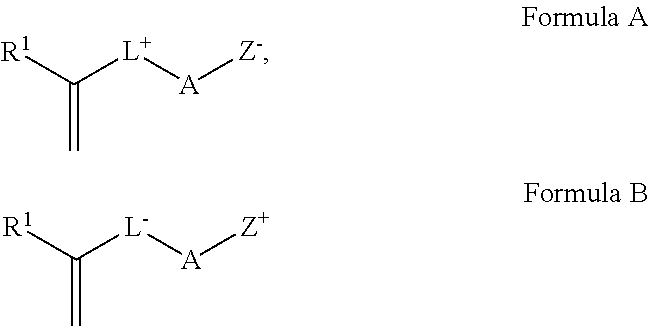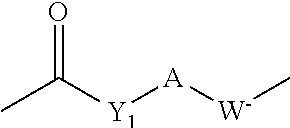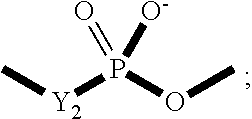Method of Preparing a Zwitterionic Copolymer
- Summary
- Abstract
- Description
- Claims
- Application Information
AI Technical Summary
Benefits of technology
Problems solved by technology
Method used
Image
Examples
example 1
nic Co-Polymer Based on Sulfobetaine Methacrylate (SBMA, Ralumer SPE) and n-Butyl Methacrylate in the Molar Ratio 9:91
(i) Polymerisation
[0170]Methylated spirits (45.0 g) was added to a 1000 ml reaction vessel (the ‘pot vessel’). This vessel was assembled with a stirrer, flange lid, condenser, two liquid feed lines (1.6 mm peristaltic tubing) and a temperature controller and then heated to 75° C. under stirring.
[0171]Ralumer SPE (SBMA) (47.6 g) and Methylated spirits (240.0 g) were weighed into a 500 ml round bottomed flask (Feed Flask 1) which was heated under magnetic stirring to 70° C. The flask and contents were weighed at the start of the feed operation and removed from the heat source to be weighed approximately every 20 mins in order to monitor feed rate. The feed line was warmed with a heat gun as necessary to counter crystallization in the feed line.
[0172]n-BMA (241.1 g) was added to a separate 500 ml flask (Feed Flask 2) and the first quantity of AMBN initiator (9.06 g) add...
example 2
nic Co-Polymer Based on Sulfopropylvinylpyridinium Betaine (Ralumer SPV) and n-Butyl Methacrylate in the Molar Ratio 9:91
[0177]The procedure of Example 1 was followed except that Ralumer SPE (SBMA) was replaced by Ralumer SPV (39.3 g). All other component quantities were identical except n-butyl methacrylate (249.2 g) and AMBN (9.26 g & 2.22 g respectively). The resultant copolymer solution was a beige, opaque liquid. The resultant copolymer was characterized by a number average molecular weight (Mn) of 12,000 and a polydispersity index (PDI) of 2.6. The glass transition temperature (Tg) of the copolymer was 34° C.
example 3
nic Co-Polymer Based on Sulfobetaine Methacrylate (SBMA, Ralumer SPE) and n-Butyl Methacrylate in the Molar Ratio 14:86
[0178]The procedure of Example 1 was followed except that 69.1 g of Ralumer SPE (SBMA) was used. All other component quantities were identical except n-butyl methacrylate (220.1 g) and AMBN (8.8 g & 2.10 g respectively). The resultant copolymer solution was an opaque white liquid. The resultant copolymer was characterized by a number average molecular weight (Mn) of 16,000 and a polydispersity index (PDI) of 6.2. The glass transition temperature (Tg) of the copolymer was 39° C.
PUM
| Property | Measurement | Unit |
|---|---|---|
| Temperature | aaaaa | aaaaa |
| Temperature | aaaaa | aaaaa |
| Temperature | aaaaa | aaaaa |
Abstract
Description
Claims
Application Information
 Login to View More
Login to View More - R&D
- Intellectual Property
- Life Sciences
- Materials
- Tech Scout
- Unparalleled Data Quality
- Higher Quality Content
- 60% Fewer Hallucinations
Browse by: Latest US Patents, China's latest patents, Technical Efficacy Thesaurus, Application Domain, Technology Topic, Popular Technical Reports.
© 2025 PatSnap. All rights reserved.Legal|Privacy policy|Modern Slavery Act Transparency Statement|Sitemap|About US| Contact US: help@patsnap.com



